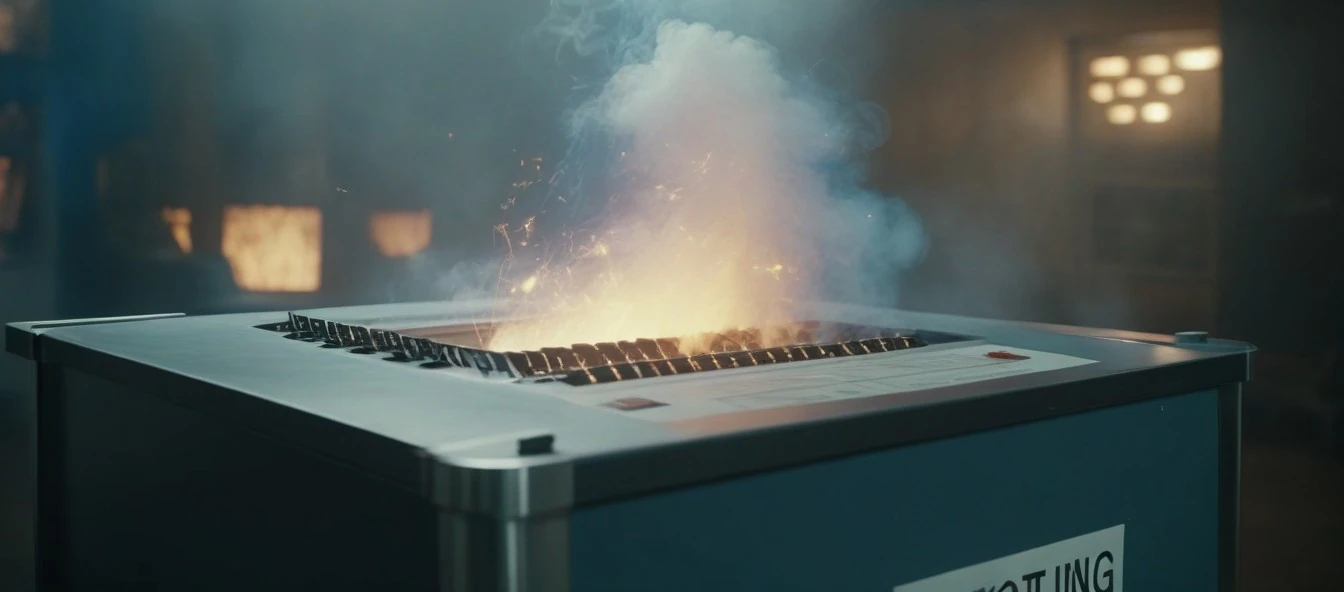Technical Failures Alter the Landscape of the 2024 Presidential Election

Technology plays a crucial role in the modern democratic process. As the United States gears up for the 2024 presidential election, many have raised concerns about the potential impact of technical glitches, malfunctions, or cyber threats that could disrupt the smooth flow of the electoral process
Vulnerabilities in Voting Machines
One of the primary concerns revolves around the use of electronic voting machines. While these machines have been implemented to streamline the voting process and provide accurate and efficient results, they are not immune to technical failures. Malfunctions in voting machines could range from software glitches to hardware malfunctions, potentially leading to miscounts or the inability to record votes accurately.
Possible Scenarios:
Vote Miscounts: Technical glitches in voting machines may lead to miscounts or misattributed votes, casting doubt on the accuracy of the results.
System Crashes: If voting machines experience widespread failures or crashes, it could disrupt the voting process and cause delays, affecting voter turnout and confidence.
Compromised Voter Registration Systems
Voter registration systems, the backbone of any election, are vulnerable to cyber threats. If hackers were to compromise these systems, they could manipulate voter data, delete registrations, or even add fictitious voters to the rolls.
Potential Outcomes:
Voter Disenfranchisement: Tampering with voter registration systems could result in eligible voters being unable to cast their ballots, leading to accusations of voter suppression.
Identity Theft: Stolen voter information may contribute to identity theft or other fraudulent activities, further eroding trust in the electoral process.
Ballot Counting Equipment Malfunctions
The accurate counting of ballots is paramount to a fair election. Technical failures in the equipment responsible for counting and tabulating votes could introduce errors or delays.
Consequences:
Delayed Results: Malfunctions in ballot counting equipment may lead to delays in announcing election results, creating an atmosphere of uncertainty and speculation.
Contested Outcomes: In cases where technical failures are suspected, the legitimacy of the election outcome may be contested, triggering legal challenges and disputes.

Preventive Measures and Contingency Plans
To mitigate the risk of technical failures disrupting the 2024 presidential election, election officials must prioritize cybersecurity and implement robust measures to safeguard voting systems. Regular audits, secure software practices, and the use of paper trails for verification can enhance the resilience of the electoral process.
Key Strategies:
Free The Code: Open-source software is more secure and transparent than proprietary software. It allows for independent audits and verification, reducing the risk of malicious code being introduced.
Cybersecurity Training: Election officials and staff should undergo comprehensive training on cybersecurity best practices to identify and prevent potential threats.
Paper Ballot Backups: A quarter of registered voters in the United States live in areas that use voting machines that do not produce a paper backup.
Implementing paper ballots alongside electronic voting systems provides a physical record for auditing and verification in case of technical failures.
- Continuous Monitoring: Employing real-time monitoring systems can help identify and address technical issues promptly, minimizing their impact on the election process.
As the 2024 presidential election approaches, the focus on addressing potential technical failures becomes paramount.
A proactive approach to cybersecurity, coupled with robust contingency plans, is essential to ensure the integrity and trustworthiness of the democratic process.
By learning from past experiences and staying vigilant, election officials can work towards a smoother and more resilient electoral system.
 2024 WTF?
2024 WTF?